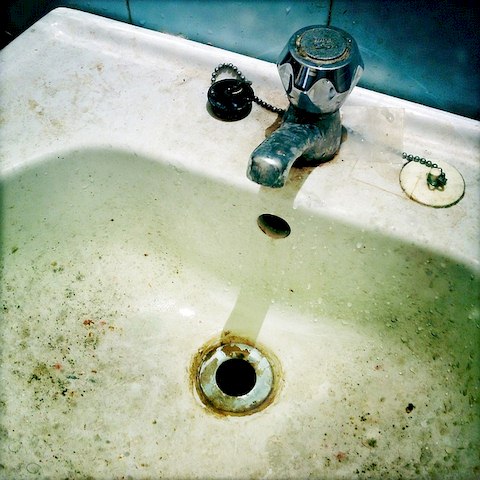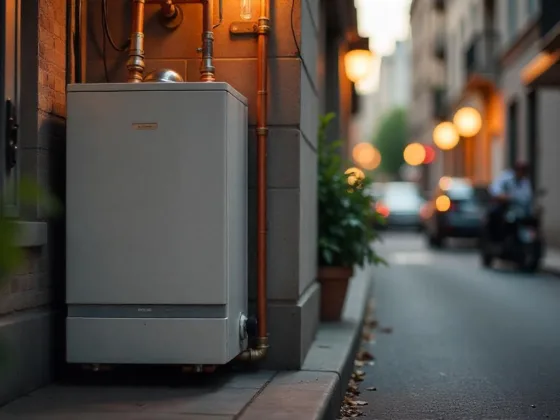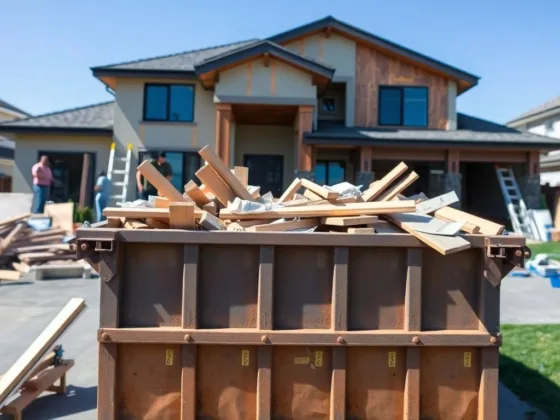Table of Contents Show
Sewer Smell in Bathroom and How to Correct It — There are several places that a sewer smell can emulate from in the bathroom, and these are the places to check, and then diagnose and correct a sewer smell in the bathroom. The toilet outlet is connected to the main sewer by a flexible pipe, and it is from this area that 90% of the smells arise.

Introduction: Sewer Smell in Bathroom
When there is a sewer smell in the bathroom, the source should be diagnosed and the fault located and repaired as soon as possible, as this is an unhygienic condition for a bathroom.
The diagnosis consists of checking around the bottom of the toilet bowl for water leaks, as well as checking the connection from the toilet bowl outlet to the soil pipe.
Depending on the diagnosis, it is sometimes better to have an experienced plumber affect the repair.
This is an article on how to diagnose and correct a sewer smell in the bathroom, and we begin by having a look at the general arrangement toilet waste system.
Bathroom Toilet Waste System
Regardless of the type of toilet in the bathroom, they all function on the same principle. When you flush the toilet, the toilet bowl is supplied with water from the cistern, a small tank above the toilet bowl. The water swirls around the bowl; pushing any waste ahead of it through an integral water-trap or ‘U’ bend, into the soil pipe which is connected to the main sewer.
The water trap is designed to withhold an amount of the newly flushed water, and this provides a water seal to prevent any smells returning to the bathroom from the main sewer.
The toilet waste outlet is connected to the soil pipe using a rubber tube, which is somewhat flexible and assists in lining up the two components.
Through time the rubber can become hard and perish, allowing leakage of both water and vapors, and is the main cause of the sewer smell in the bathroom.
Read Also:
Diagnosing a Sewer Smell in Bathroom
The diagnosis of the sewer smell is carried out by the examination of the following components and areas (refer to the sketches below for a visual interpretation):
1. The floor around the toilet bowl and under the outlet from the water-trap
The surface of the floor should be dry; check for any dampness signifying a water leak from the bowl or rubber connector.
2. The joint area around the outlet from the toilet and inlet to soil pipe
The connecting rubber tube should be gripped with both hands and shaken vigorously while attempting to rotate it, and should very difficult to move; if it moves easily it could signify a leaking joint.
3. The rubber connector.
The above action is repeated checking along the length of the connector whilst looking for any flaws or cracks in the rubber.
4. Cracked toilet bowl.
Occasionally a toilet bowl can crack; the seal water leaking out and allowing the smells from the main sewer to enter the bowl thence into the bathroom.
5. Water supply to the cistern reduced
This is usually because of the ball-cock mechanism clogging up, and preventing the water entering the cistern, stopping the water seal forming in the bowl.
Correction of Sewer Smell in Bathroom
Replacing a Faulty Toilet Bowl to Soil Pipe Connector:
- Put on a thick pair of work gloves, and using a sharp knife cut through the center of the rubber connector. Then, cut from the center toward both ends and peel the rubber boot off the bowl outlet pipe and soil pipe.
- Using a plastic scraper, scrape the pipes clean externally up to where the new rubber connector will fit, washing the pipes ends with hot, soapy water.
- Put the new connector into an old container, and cover it with hot water and leave to soak for a few minutes, until it becomes pliable. Lift it out and after drying; apply a smear of silicon around the inside of it and to the pipe ends.
- Slip the connector onto the toilet outlet pipe and push on as far as possible, then slip the other end of the connector onto the soil pipe end.
- Even the connector between the two pipes and wipe off any excess silicon from the ends of the connector and the pipes, and then remove your gloves and wash your hands thoroughly.
- Leave to dry and when dry apply a bead of silicon around the connector to pipe joints.
- Put the gloves and old rubber connector into a plastic bag and tie securely, before putting the bag into the trash bin.
Must Read:
Low Water Supply to Cistern:
This is usually caused by a fault with the ball-cock mechanism and is easily fixed. Remove the cistern lid and flush the toilet. Pull the ball-cock up and down a few times, and then hold it down to ensure a flow of water is supplied to the cistern and replace the lid.
Renewing Toilet Bowl:
If the bowl is cracked, it is better to have a qualified plumber to renew it, as floorboards may need to be strengthened and, the new toilet bowl will have to match the existing cistern piping and inlet to the bowl.
Summary: Sewer Smell in Bathroom
It is not difficult to diagnose and correct a sewer smell in the bathroom, provided a few simple points are taken into consideration, the main ones being to check the floor for any wet spots and all around the rubber connector from the bowl outlet to the soil pipe. The cistern operation should also be checked to ensure sufficient water is being supplied to the bowl to affect a water seal.
The rubber connector will become quite stiff with age and it is hard to check for cracks or leaks, but it is the connector that usually causes the smells to enter the bathroom.
Once the leak has been found, the fitting of a new rubber connector, or adjusting the water supply to the cistern usually solves the problem of a sewer smell in the bathroom.
If the problem is a cracked toilet bowl, then the removal and fitting of a new one should be carried out by a plumber.
Must Read:
Sketch of a Toilet and Discharge to Soil Pipe


Resources
- dracutma.gov; Popular bathroom wipes blamed for sewer clogs; https://www.dracutma.gov/sites/dracutma/files/news/please_dont_flush.pdf









